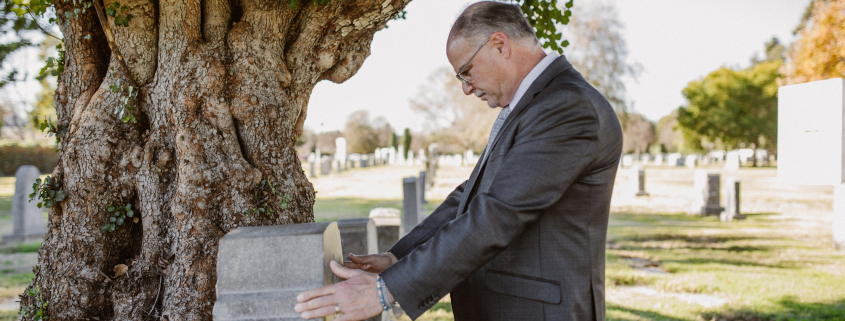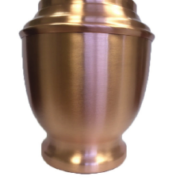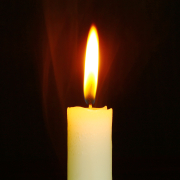How to Plan a Viewing or Visitation
If your loved one prefers cremation as the final disposition service, you may wonder if you can still host a visitation complete with funeral flowers in a memorial service. Notably, there are different types of cremation services, from direct cremation to cremation with a reception afterward.
Should the deceased leave a will that stipulates direct cremation, you may be unable to host a visitation to honor their wishes. A direct cremation entails the immediate disposition of the body. There are no more ceremonies involved like embalming or viewings to mark the final sentiments of the deceased. Instead, the body is immediately placed in the crematory chambers to have it converted into ashes.
However, if you’re given the freedom to celebrate the memory of your loved one, you can host a visitation before the cremations or burial service. It is common for family and friends to spend time with the body in many different cultures and even religious practices. This usually happens in the form of visitation, viewing, or wake. Learn more about their nuances below:
Wake or Viewing
A viewing is also known colloquially as a wake. In general, the body is out on display or viewed in an open casket. Although some keep it closed for personal reasons, a picture of the deceased could be nearby. The wake is usually done a few days before the funeral services. You can also opt to have a viewing for cremation services before the body enters the crematorium.
With this option, the body needs preparation with embalming procedures, wearing the proper clothes, and applying funeral makeup. All of these preparations ensure that the body looks presentable for the guests who will come to see it for the last time. Here are some features of a viewing:
- The body is displayed in a casket
- The casket can be left open or closed
- It can take place in a funeral home, a house, or a church social hall
- Can be for family only or open for public viewing
As a family member, you must work with a funeral director and his team to plan the most appropriate viewing for your deceased loved one. There is no right or wrong way for this as the details usually depend on your preferences and budget.
Visitation
In a visitation, the body may or may not be present. The casket is customarily closed if you opt to have the body around. A visitation can be conducted anytime before or after the funeral or cremation services. It can last a few hours, such as a reception after the cremation services. You also have the option to have it for several days if you want more time to celebrate the memory of the deceased while mingling with relatives and friends.
The visitation could be formal, with the body in the center of the room and the funeral staff on standby. It can also be an informal event with just a customized cremation urn with the ashes inside. You can then have a picture of the deceased or a memorial wall with tokens and souvenirs. This casual option gives friends and guests time together, sharing memories and stories to reminisce happier times with the deceased. These are the standard of a visitation:
- The body is not present but represented by a picture and/ or an urn
- If there’s a casket, it is usually closed
- It can take place in a funeral home, your home, place of worship, or social hall
- You can do it before or after the funeral or cremations services
Budget Considerations
Whether you plan a viewing or visitation, the costs hinge on the details you want to include. If you’re hosting it in a funeral home, you may have to pay for the embalming procedures, facility room use, and set up of decorations. Some funeral homes charge by the day and others by the hour. Some also have packages you can choose to take advantage of. If the deceased has a pre-arranged funeral insurance plan, the contract will contain the details regarding inclusions for the service. You must also be prepared to tip the staff who will assist in getting things ready.
If you want to host a visitation or viewing outside, like your home or social hall, the funeral home can also help with the setup. You may also have to pay extra for transporting the body in a casket. Most deathcare experts require that the body be embalmed for preservation and safety reasons. If your religion or personal convictions are against embalming, it’s essential to speak with a funeral director.
When it comes to the final preparations for your deceased loved one, there are no hard rules to follow. Everything can be flexible and tailor-fit to your cultural preferences and religious needs. The key is to work with a reputable funeral home to make sure you can carry out your wishes and honor your deceased loved one in the way that’s most comfortable for you and your family.








